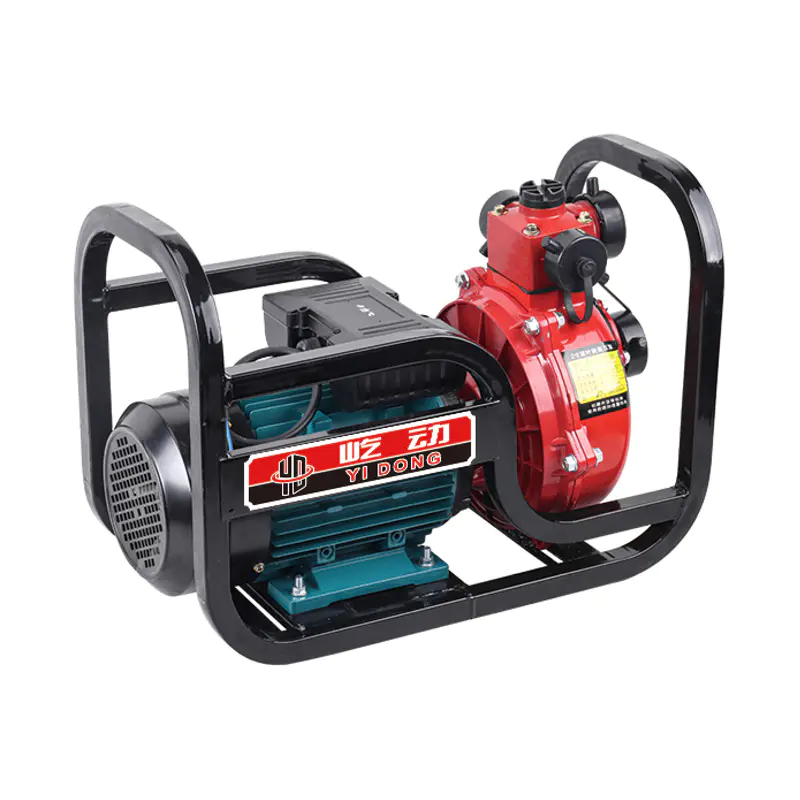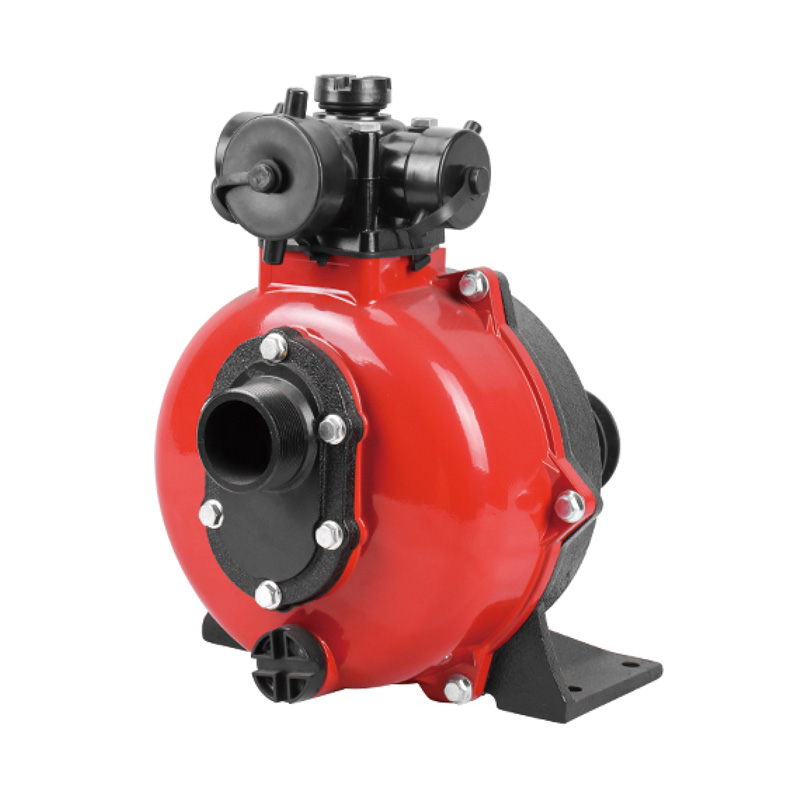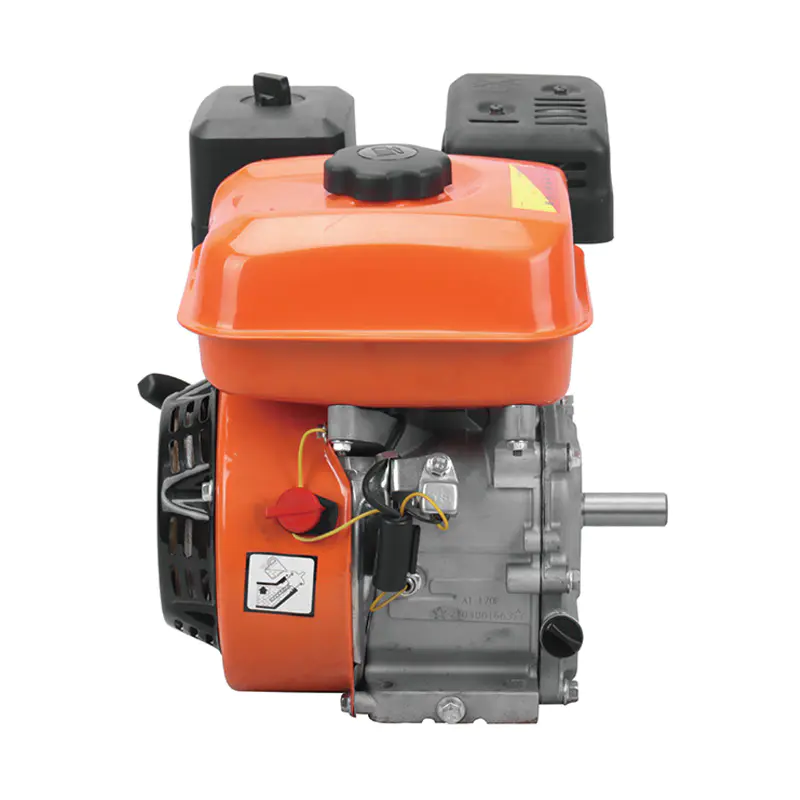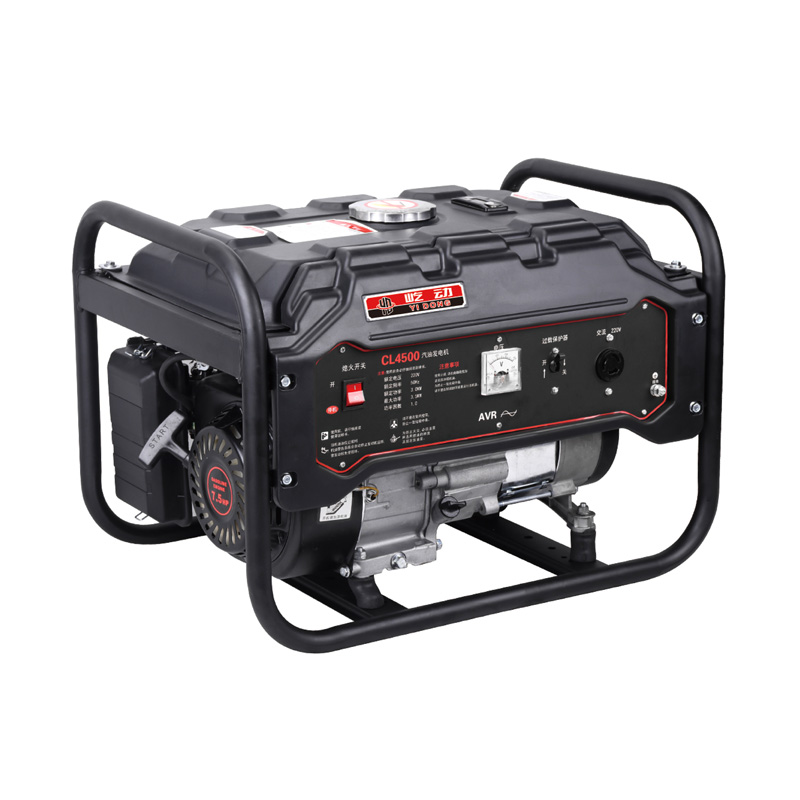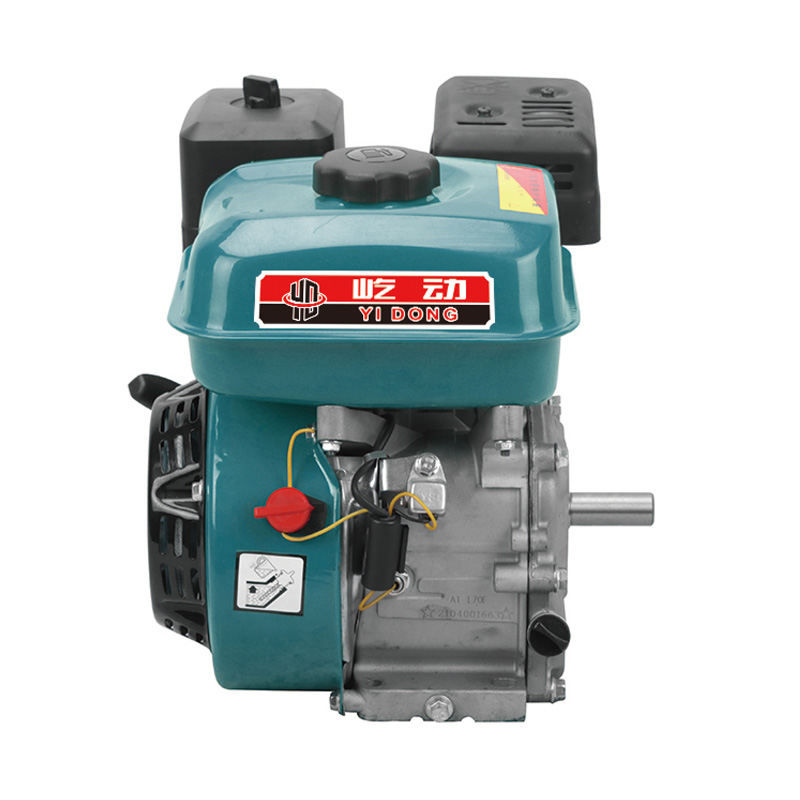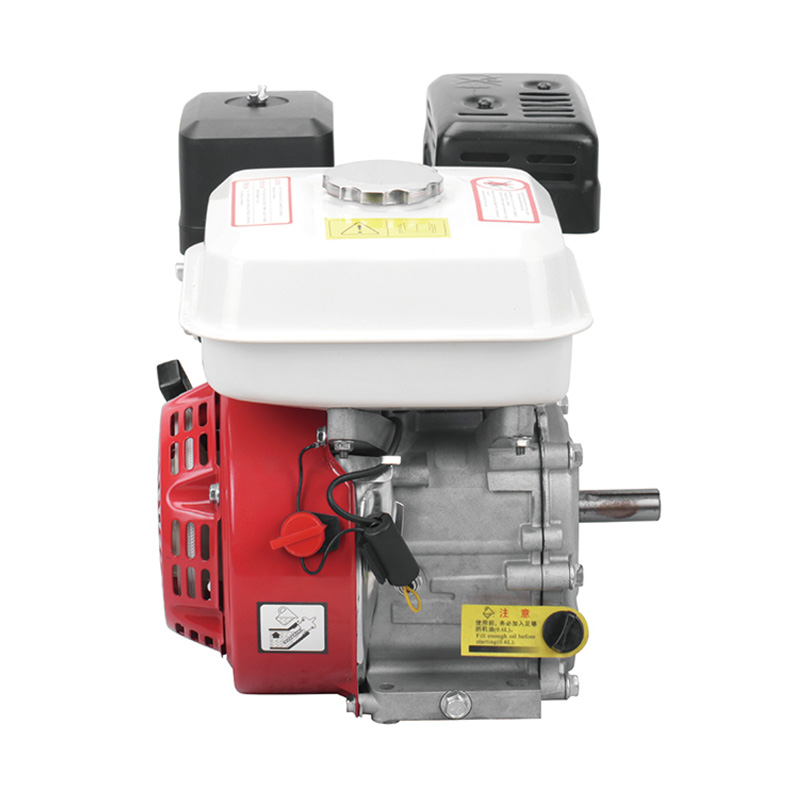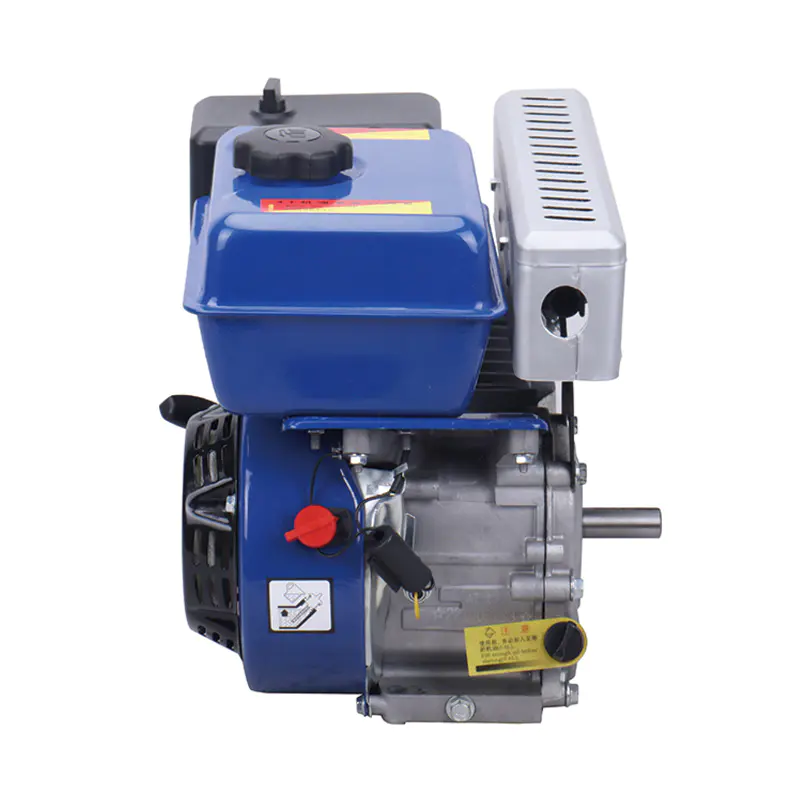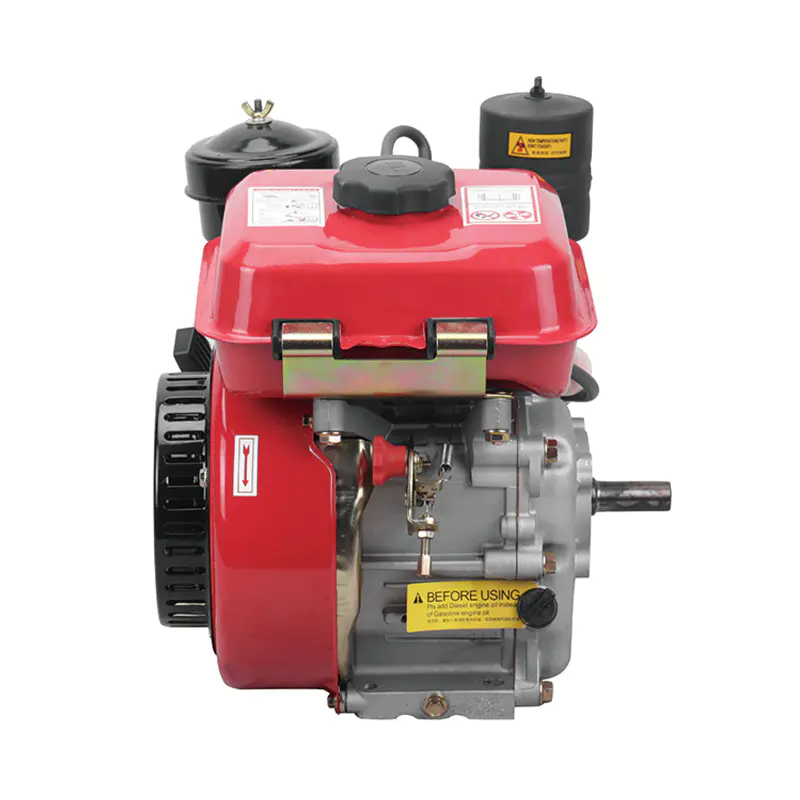Which Water Pump Serves Your Agricultural Needs?
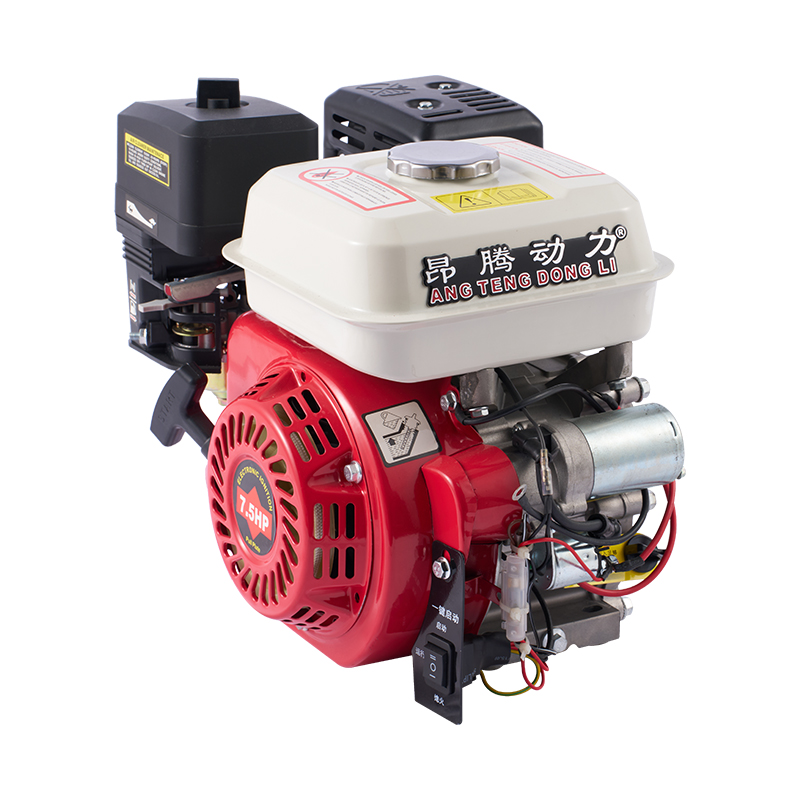
The reliable movement of water is the cornerstone of productive agriculture, essential for irrigation, livestock watering, and a multitude of farm tasks. Selecting the right tool for this critical job is a decision that impacts operational costs, environmental footprint, and daily workflow. Among the diverse options available, two distinct types of pumps stand out for their unique advantages: the solar-powered water pump and the petrol-powered pump. One represents a modern approach leveraging sustainable technology, while the other embodies traditional, combustion-driven reliability. Understanding the operational principles, ideal use cases, and inherent characteristics of each system is fundamental for landowners and farmers aiming to make an informed choice that aligns with their specific land, resources, and agricultural objectives.
Harnessing the Sun: The Solar-Powered Water Pump
The solar-powered water pump converts abundant sunlight directly into hydraulic energy, offering a sustainable solution for water extraction and distribution. Its operation is elegantly simple: an array of photovoltaic (PV) panels captures solar radiation and converts it into direct current (DC) electricity. This electricity then powers a motor, which drives the pump mechanism, either drawing water from a well, borehole, or surface source and delivering it to a storage tank or directly into an irrigation system. There are two primary configurations: surface pumps, suitable for shallow water sources, and submersible pumps, designed for deeper wells. The core appeal of this system lies in its ability to provide a cost-free energy source once the initial installation is complete. This can significant long-term savings on electricity bills or fuel costs, making it an economically attractive option over time.
Furthermore, solar pumping systems are noted for their low environmental impact and minimal operational maintenance. They produce no greenhouse gas emissions during operation, contribute to a reduction in the farm's carbon footprint, and operate silently, eliminating noise pollution. From a maintenance perspective, with no complex engines or recurring fuel requirements, the upkeep primarily involves keeping the solar panels clean and ensuring electrical connections are secure. This simplicity can translate into reduced labor and lower long-term maintenance costs. However, the system's performance is intrinsically linked to sunlight availability. Water output fluctuates with weather conditions and is naturally limited to daylight hours, necessitating a water storage strategy for use at night or during prolonged cloudy periods. The initial capital investment is also a key consideration, as it includes not only the pump but also the solar array, mounting structure, and often, storage batteries.
Conventional Power: The Petrol-Powered Pump
The petrol-powered pump is a widely recognized and trusted tool, valued for its high power output and operational independence. Its mechanism is based on an internal combustion engine, much like that found in a car or lawnmower. The engine burns petrol to create rotational force, which is directly transferred to the pump's impeller. This impeller spins rapidly, creating a centrifugal force that draws water in through an intake hose and expels it with considerable force through a discharge outlet. This design makes petrol pumps exceptionally capable of generating high flow rates and powerful pressure, enabling them to handle demanding tasks such as dewatering large fields, pumping from rivers or dams over long distances, and operating high-volume sprinkler systems. Their high power density in a relatively compact package is a significant advantage.
The prominent feature of a petrol-powered pump is its portability and operational autonomy. It can be transported and started virtually anywhere on a farm without dependence on grid electricity or specific weather conditions. This makes it an invaluable asset for tasks in remote fields, as a backup during power outages, or for urgent, unpredictable jobs like flood control. The simplicity of its mechanical design also means that repairs and maintenance are generally well-understood by mechanics, and spare parts are readily available. Despite these strengths, the pump's operation comes with ongoing considerations. It requires a continuous supply of petrol, which represents a recurring and variable operational expense. The combustion process produces exhaust emissions, contributing to local air pollution, and the engine generates significant noise during operation. Regular maintenance is also more involved than with a solar system, encompassing engine oil changes, air filter cleaning, spark plug replacement, and long-term fuel stabilisation to prevent issues.



 English
English русский
русский Français
Français Español
Español عربى
عربى